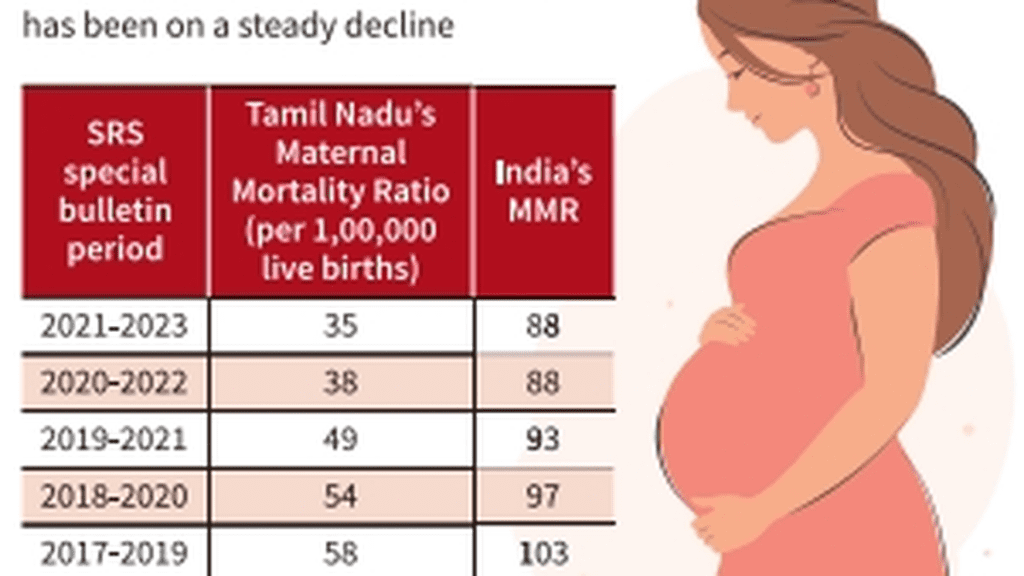At the soft core of a non communicable diseases epidemic, is obesity Premium

At the soft core of a non communicable diseases epidemic, is obesity Premium
At no point in the history of mankind has there been so much excess food on the table as there has been over the last few decades. Science and technology have led to massive increases in food production and preservation over the last 50-75 years. That has indeed helped in eliminating famines and has improved the overall health of society.
However, this has created its own perils. Throughout history, our ancestors have been either wandering or physically active in some way, right from our primate days. This has changed over the past few decades with man being cuffed to his chair. The average life expectancy of humans is at its peak, and the boomer generation is living into the eighties rather easily.
Excessive food on the table and lack of mobility are taking their toll on humans. It is well and truly the age of non-communicable diseases (NCDs) like diabetes, hypertension, dyslipidemia, and obesity.
I see patients in their seventies coming up for heart surgery. Most of these patients are not overweight, but their children who accompany them to the hospital for consultations or for surgery are grossly obese.
It’s quite peculiar, but common now to see patients with heart issues at both ends of the age spectrum. With increasing age expectancy, we see lot of very elderly patients. With non-communicable diseases increasing, we also see a number of young and middle-aged patients coming in with heart issues.
Obesity is a chronic, complex disease defined by excessive fat deposits that can impair the health of an individual. Obesity increases the risk of diabetes, hypertension, heart disease, and affects bone health. It also increases the risk of certain cancers and greatly influences quality of living factors, such as in sleep and mobility.
The current incidence of obesity as per the World Health Organization across the globe is huge: one in eight persons in the world is obese, and one in three is overweight. Worldwide, adult obesity has doubled since 1990, and adolescent obesity has quadrupled: 37 million children under the age of five are overweight; over 390 million children and adolescents aged 5-19 years are overweight; and 160 million children and adolescents are obese.
So what do we mean by obesity? The diagnosis of overweight and obesity is based on body mass index (BMI) — weight(kg)/height2 (m2). For adults, overweight is a BMI greater than 25 kg/m2 and obesity means a BMI greater than 30 kg/m2.
In 2000, a WHO expert group proposed the BMI criteria for overweight as 23-24.9kg/m2and obesity as >25kg/m2 for individuals from the Asia-Pacific region as against the international criteria. So we need to take these values to define our level of obesity in India.
Childhood obesity is a serious health hazard increasingly growing in India. Childhood obesity can lead to poor self-esteem and depression. Children who are obese are prone to developing adulthood obesity and, consequently, developing diabetes, hypertension, and other complications early in life. India ranks second in the world in terms of being home to the highest number of obese children.
The causes of childhood obesity include too little activity and consuming too many calories from food and drinks, but genetic and hormonal factors too, need to be evaluated. Regular intake of high-calorie food such as fast foods, baked foods, and fizzy drinks, are one common cause of childhood obesity. Although candies and desserts can also cause obesity, more and more evidence is pointing towards sugary drinks and sports drinks as the culprits.
Like any other nation, India is affected by the epidemic of obesity. The Indian incidence of obesity is around 13%, which is much higher than in other middle-income countries.
In addition to this issue, one other worrying aspect of the Indian population is normal weight obesity, meaning the population has a higher body fat despite a normal body mass index (BMI). Another variation of obesity in this population is sarcopenic obesity. These people have increased BMI or waist circumference along with sarcopenia (gross loss of muscle mass).
Waist circumference is a very important indicator of obesity, which is quite commonly ignored in our country. The incidence of increased waist circumference with normal weight is as high as 65% in men and women. These individuals are called TOFI (Thin Outside and Fat Inside). TOFI individuals have a high fat deposit around their waist and have a high incidence of diabetes, hypertension, and heart diseases. An ideal waist circumference is 90 cm for men and 80 cm for women in this population.
Overweight and obesity cause 3.4 million deaths annually worldwide. India ranks third after China and the United States. There are economic burdens that can be attributed to overweight and obesity. Apart from the direct medical costs incurred by the country, the issue of overweight and obesity is also linked with indirect costs associated with the process of seeking medical healthcare, economic loss from premature mortality, absence from work, and negative influence on work productivity.
Obesity has a deleterious impact on the individual, family, society and country. One big challenge is that obesity can trigger mental health issues, including low self-esteem, mood disorders, motivational disorders, eating problems, issues with body image, and negatively impact interpersonal communication.
Mere weight loss alone results in a reduction in blood pressure, improves cholesterol levels, and reduces diabetes incidence, all in one shot without any pills.
Treating obesity with newer medicines is quite effective, but it is expensive and is not without adverse effects. Metabolic surgery, or bariatric surgery, is effective, but the cost involved and the long-term nutritional aspects and protein supplements needed, have to be taken into account.
Awareness, attention, advocacy and addressing the issue are the pillars in the campaign to prevent and treat obesity.
Adhering to a healthy diet and cautiously avoiding high carb items, and junk food are the needs of the hour. Regular physical activity and simple changes in lifestyle are a must. A goal of 6,000-8,000 steps every day, which is easy to track on smart watches or mobiles, with mild weight training, is recommended. Simple remedies like totally avoiding lifts, walking short distances instead of using automobiles, and avoiding long periods of inactivity using mobiles, and watching TV also help.
Organisations and companies can give employees walking targets. Checking weight and waist circumference regularly will by itself create motivation to address the issue.
(Dr. Anbarasu Mohanraj is Director & Clinical Lead, Cardiac Surgery, Kauvery Hospital, Vadapalani. Chennai. anbarasu.mohanraj@gmail.com)










